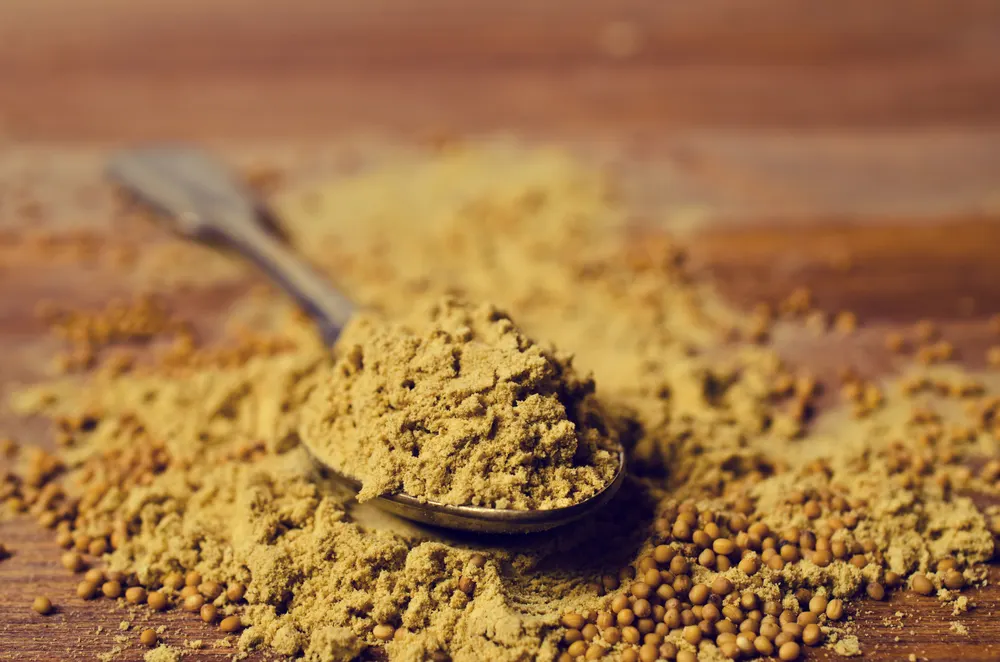When you think about mustard, you probably think of BBQs, secret burger sauces, and bold marinades.
This amazing ingredient comes from grinding the spicy seeds of different mustard plants.
Like mustard cake powder (the solid leftovers from grinding and pressing for oil), mustard powder adds a unique twist.
It’s a hidden gem in baking, a key player in pickling, and essential in salad dressings, rubs, and spice blends.
But mustard powder isn’t just for cooking; it also has a special role in garden care.
One of its top benefits for a healthy garden is pest control.
Just like it spices up your meals, mustard powder helps protect your plants from root decay by fighting off fungi.
Additionally, it serves as a natural fertilizer, enriching the soil and boosting plant growth. But how do you use mustard for plants?
You can sprinkle the powder around your plants, pour a strong mixture on problem areas, or spray it.
If you’re feeling adventurous, you can puree raw mustard plants and use the liquid as a powerful pest deterrent.
What does mustard powder do for the garden?

Ground mustard might be the pest control hero your garden needs.
The key player is a pungent compound called sinigrin, found in mustard powder.
With its strong scent, sinigrin makes pests turn away.
Aphids, caterpillars, beetle larvae, and ants face a tough mustard powder opponent.
For soft-bodied pests like slugs, mustard is an irritating barrier they avoid.
But mustard isn’t just for pest control. It is also a natural fertilizer packed with essential nutrients.
Key nutrients, such as nitrogen for photosynthesis, phosphorus for root and fruit development, and sulfur for proteins, make it a powerful addition to your garden.
Mustard also boosts soil fertility. Its organic matter softens the soil and supports beneficial soil microbes.
Think of it as a friendly helper, making the soil a better home for your plants.
Plus, it’s eco-friendly, keeping your garden thriving naturally.
How to use mustard for plants
First up is the sprinkle method. Wearing gloves, dust 5 to 8 inches around the base of your plants with 1 to 2 tablespoons of mustard powder.
Reapply after rain or a few days as needed. Be cautious, though, as sinigrin isn’t safe for pets.
Next is the mustard pour. Mix 1/3 cup of mustard powder with 1 gallon of water per square foot of the target area.
You can also puree mustard leaves and stalks with water for a similar effect.
Lastly, try the mustard foliar spray. Mix 100 grams of mustard powder with 1.3 gallons of water and let it sit for two to three days (five to six days in winter) until it turns brown.
Dilute with 1 gallon of water and add 2 tablespoons of dish soap.
The soap helps the spray stick to the plants for better protection.
